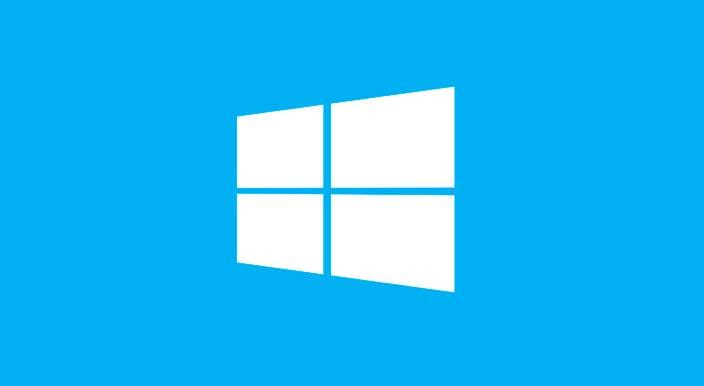Ok, I need to install windows to an SSD for a headless pc, and I don't want to have to "reboot" and do the install.. i'd like some way to do the install so I can just move it to the other computer and boot from that.
I thought about using a VM to do this, but I don't see a way in Hyper-V to use a physical drive (there used to be a way to do this, but don't see it anymore).
I was thinking about doing the first stage install that loads the files onto the drive, and completing it on the other machine, but there are steps that would need a keyboard and monitor to complete, also Windows puts the boot configuration on the system drive when doing this... so you'd have to boot and install the boot files.
Anyone have any suggestions?
I thought about using a VM to do this, but I don't see a way in Hyper-V to use a physical drive (there used to be a way to do this, but don't see it anymore).
I was thinking about doing the first stage install that loads the files onto the drive, and completing it on the other machine, but there are steps that would need a keyboard and monitor to complete, also Windows puts the boot configuration on the system drive when doing this... so you'd have to boot and install the boot files.
Anyone have any suggestions?
My Computer
System One
-
- OS
- Windows 11






